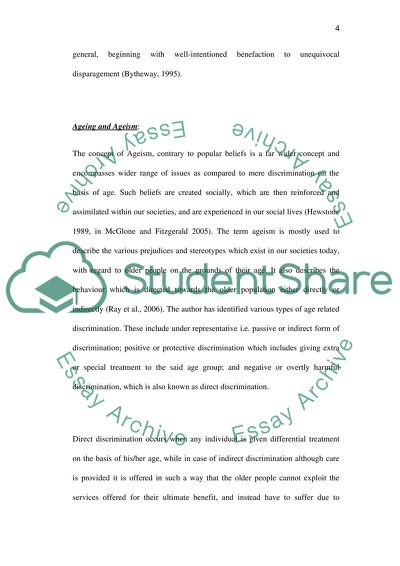Cite this document
(“Older Adults in Society Assignment Example | Topics and Well Written Essays - 3000 words”, n.d.)
Retrieved de https://studentshare.org/social-science/1390392-older-adults-in-society-ageism
Retrieved de https://studentshare.org/social-science/1390392-older-adults-in-society-ageism
(Older Adults in Society Assignment Example | Topics and Well Written Essays - 3000 Words)
https://studentshare.org/social-science/1390392-older-adults-in-society-ageism.
https://studentshare.org/social-science/1390392-older-adults-in-society-ageism.
“Older Adults in Society Assignment Example | Topics and Well Written Essays - 3000 Words”, n.d. https://studentshare.org/social-science/1390392-older-adults-in-society-ageism.


